
Glasgow Food Policy Partnership received funding from the Food Sovereignty Network and The Dear Green Bothy to commission an artist to create an artwork drawing on the themes of the Glasgow City Food Plan, delivering the project in May-June 2023.
We worked with Hannah Brackston, a Glasgow-based socially-engaged artist whose recent work directly involves people in live projects connected to sustainable habitats and food production.
Below is Hannah’s overview of the work she carried out and some photos of the beautiful works which she and the women she worked with created.
Workshops
As a socially engaged artist I have been working over the last 4 years as Artist in Residence in the city’s ward of Greater Pollok, through the Creative Communities Programme by Glasgow Life. I therefore invited a group of women living in this area to participate in 3 creative workshops, resulting in this artwork. The group consisted of around 8 -10 BME women, mostly Indian and Pakistani, aged 50+, who are supported to meet weekly by the charity – Minority Communities Addiction Support Services (MCASS). Their programme focuses on introducing the women to different activities, in order to reduce their isolation and loneliness and improve their mental health. This was the first time these ladies had engaged in an arts project, or tried any of the artistic practices that we explored together.
The overall aim of the sessions was to introduce topics from the City Food Plan, creating dialogues between the women about the themes with-in this that resonated with their experiences and aspirations. Furthermore, to then try different artistic processes as a means to celebrate some of these topics.
The group talked from their perspectives as mothers and grandmothers who provided home cooked food for their families. They shared concerns about younger generations and potential lack of food knowledge being passed on. They felt that engaging and empowering children and young people with understanding and skills around food nutrition and cooking was an incredibly important priority for the city.
Secondly the women themselves shared aspirations for increased opportunities to grow their own food. Several of them already cultivate vegetables and fruits in and around their homes, specifically ingredients such as herbs and spices that they use within their own family cooking.
‘Let Glasgow Nourish’ (Table cloth)
The first workshops invited the women to choose their own examples of what grows well with-in the city (or even their gardens) and could be considered sustainable to buy locally. They each made their own lino cuts and through printmaking processes they collaborated to compose these into designs for a contemporary ‘Coat of Arms for Glasgow,’ that celebrated food, through the statement, ‘Let Glasgow Nourish.’ They were also encouraged to play with the prints and create patterns that were inspired by their Indian and Pakistani textiles.
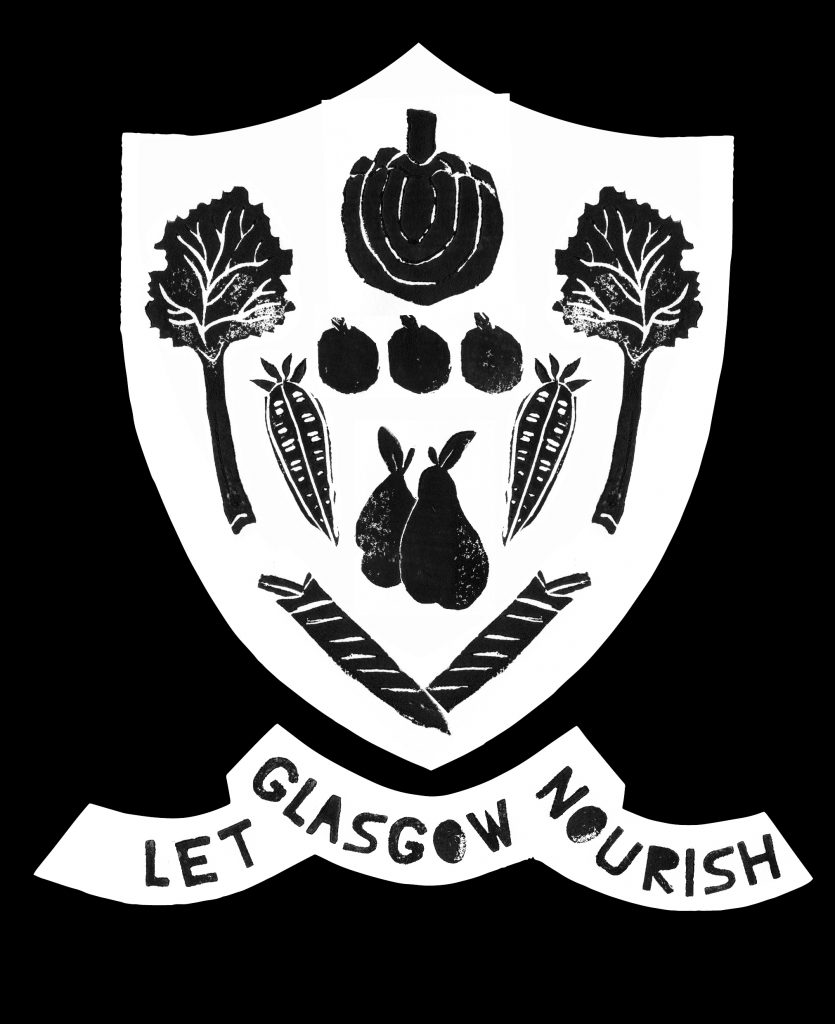
The lino cuts and patterns produced by the group have been brought together to create the design for a collective tablecloth that interprets the key aims of the Glasgow City Food Plan. The final table cloth will be available as an engagement tool, for The Glasgow Food Policy Partnership to use at future events. [Editors note: the table cloth was displayed at the second Glasgow Food Summit on the 6th September and we are looking forward to displaying it at more events in the future.]
Foods for our Future (Clay dishes)
The second set of workshops resulted in each participant selecting a key food that had been identified as significant for Glasgow in terms of its past and future stories about food. These included ingredients that had rich local heritage, health benefits, were locally produced and/or are considered sustainable. Rhubarb, bread, local cheeses, onions, herring, mussels, icecream and apples were chosen by the group. Each of the women made a clay vessel depicting their chosen food.
(Below is interpretation for each dish)
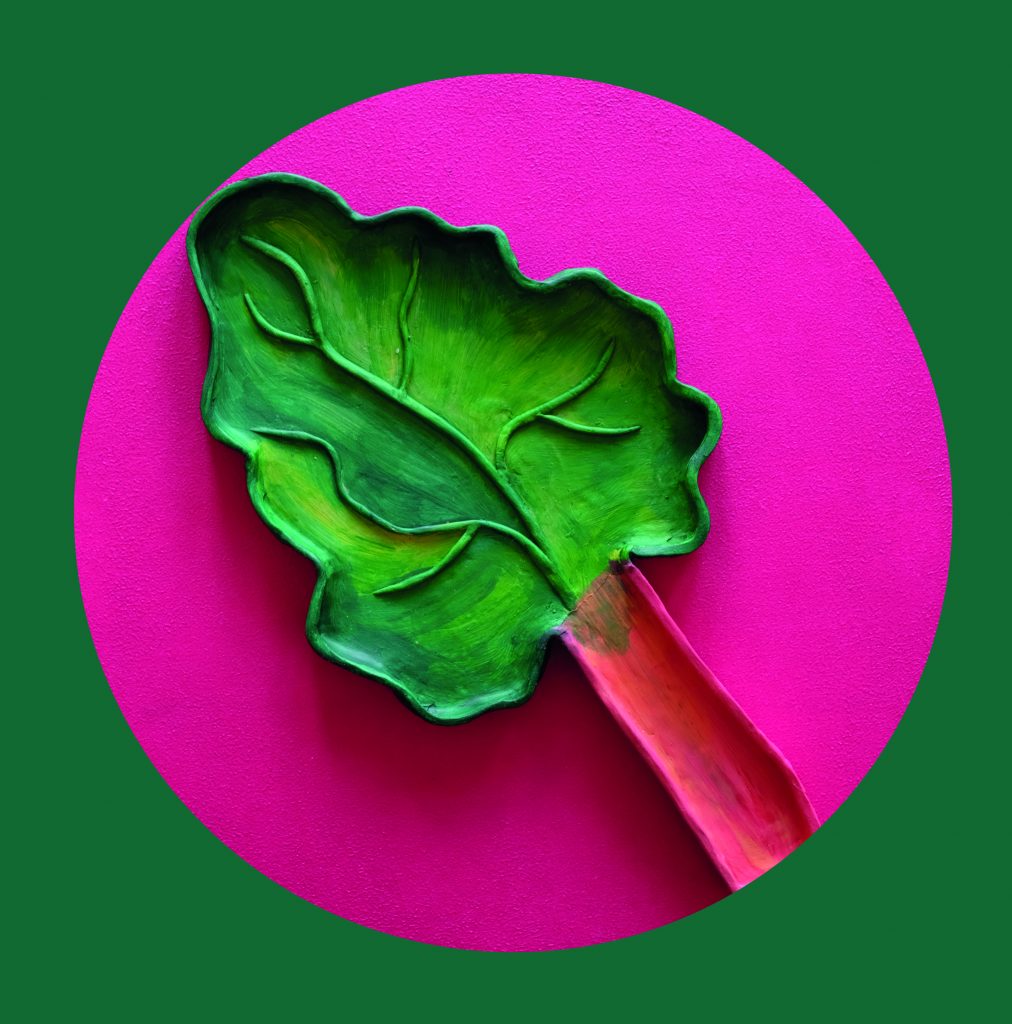
Rhubarb
Historically grown in the East end of Glasgow on scale, between 1800’s – 1900’s. It was affordable (like Potatoes) and grows really well in Glasgow’s Climate.
It was traditionally used in puddings, but now appears as a key ingredient in new culinary enterprises in the city, such as gin production.
Rhubarb is a good source of vitamin K and antioxidants.
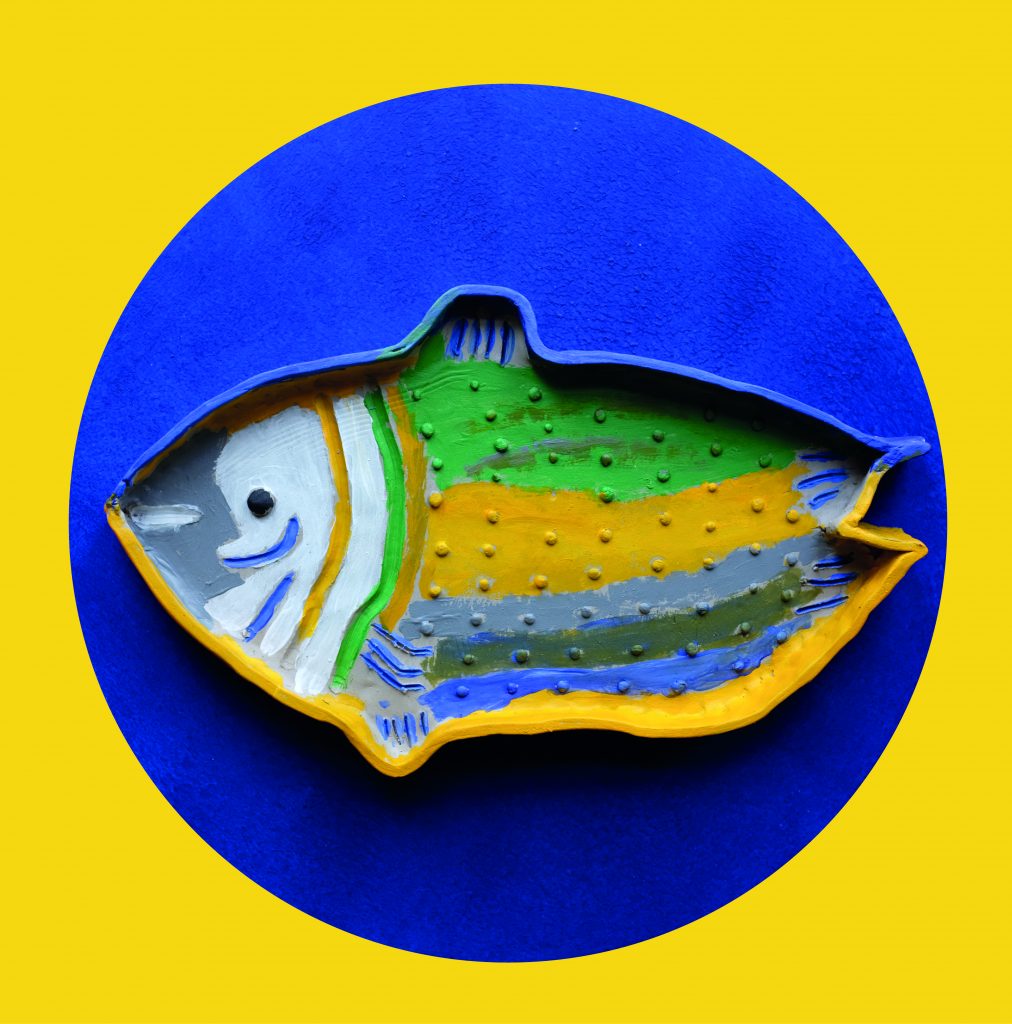
Herring
A part of Scottish culture, economy and ecosystems for centuries.
In the 1700’s Herring (along with Salmon) was a major part of Glasgow’s commercial food trade with France.
Traditionally served in Oatmeal, but great on a summer BBQ, marinated in a salad, or eaten as smoked herring kippers for a breakfast treat.
An incredibly nutritious fish – full of minerals, vitamins, omega 3 fatty acids that are important for the heart and health.
Herring is one of the most sustainable Scottish fish for us to eat today.

Icecream
Icecream came to Glasgow at the end of the 1800’s when many Italians immigrated to the UK, setting up businesses.
Today Glasgow is home to several famous icecream shops.

Bakers Bread
Glasgow was home to a number of infamous bakeries through the 1900’s and produced iconic Glasgow delicacies, such as oatcakes, the Morton Roll and Tunnocks Tea cakes.
Today artisan bakers and small businesses producing bread in Glasgow are on the rise.
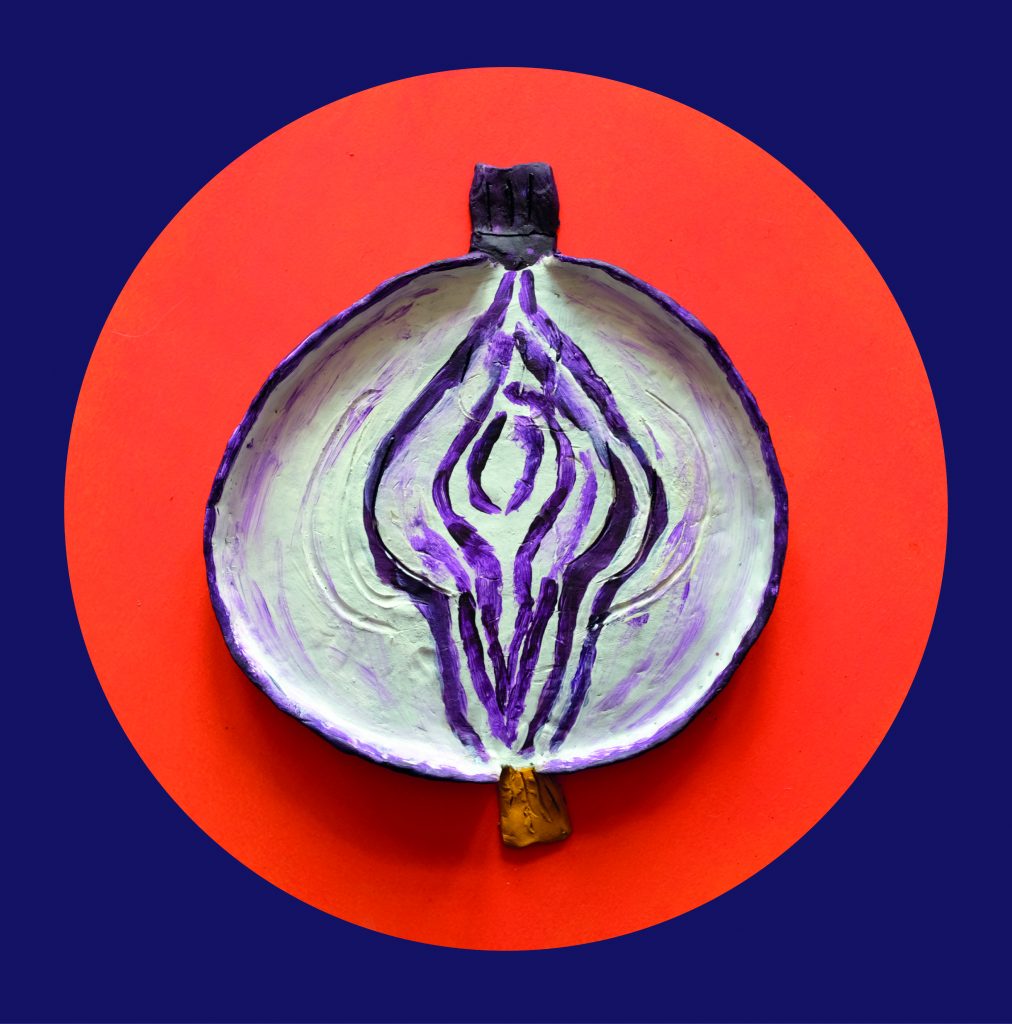
Onions
Glasgow’s merchant city had its own specific ‘onion merchants’ in the 1800’s and shortly after ‘Onion Johnnies’ came from France and sold their onions door to door.
Onions grow very well in Scotland and Glasgow and are an affordable and healthy staple at the base of many of our home cooked meals.
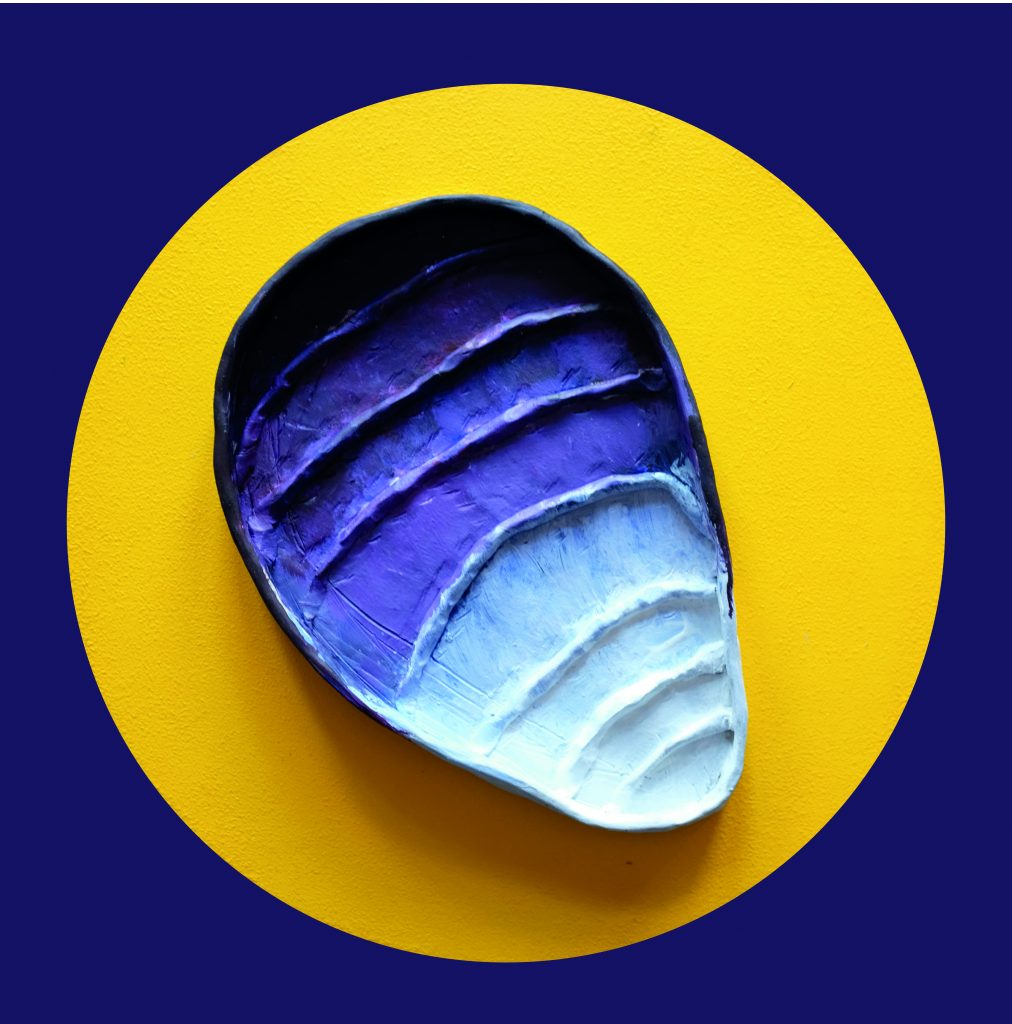
Mussels
Mussels have been a part of our diet in Scotland for more than 20,000 years.
People come to Scotland today to try the seafood and Glasgow is home to lots of renowned fish restaurants.
Mussels and Oysters grown and harvested in Scotland are one the most sustainable types of seafood.

Scottish Cheese
Although Scotland is famous for its whiskey, fish and beef – its Cheese industry is just as large and important.
A couple of today’s special locally produced Cheeses include the ‘Ayrshire Dunlop Cheese’ and the ‘Lanark Blue Cheese’.
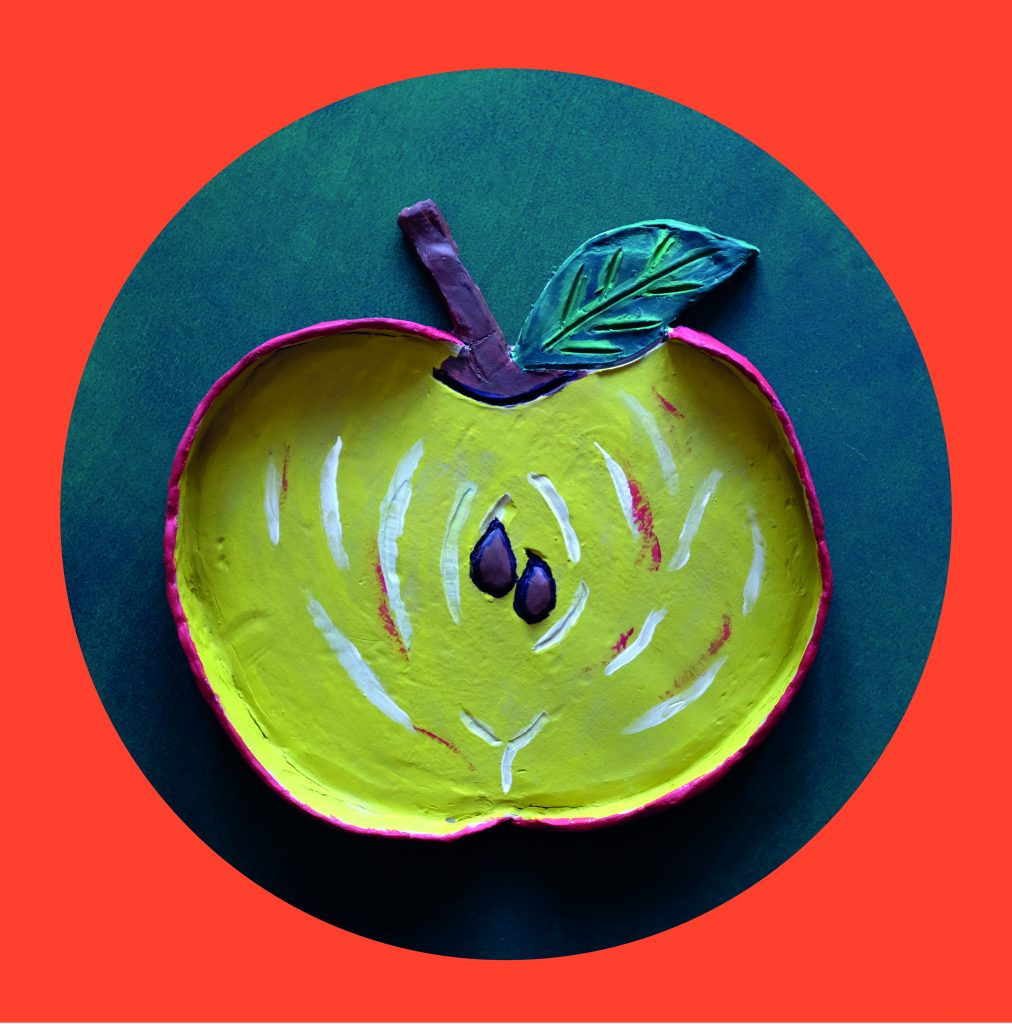
Apples
Orchards as well as other soft fruit plantations were a major industry in the Clyde Valley – due to its micro climate. The tradition of fruit growing in the Clyde Valley dates back to the 5th century and the establishment of local monasteries. It remained a big business until recent decades.
Today there are many new community orchards and enterprises being supported to take root in the city.
